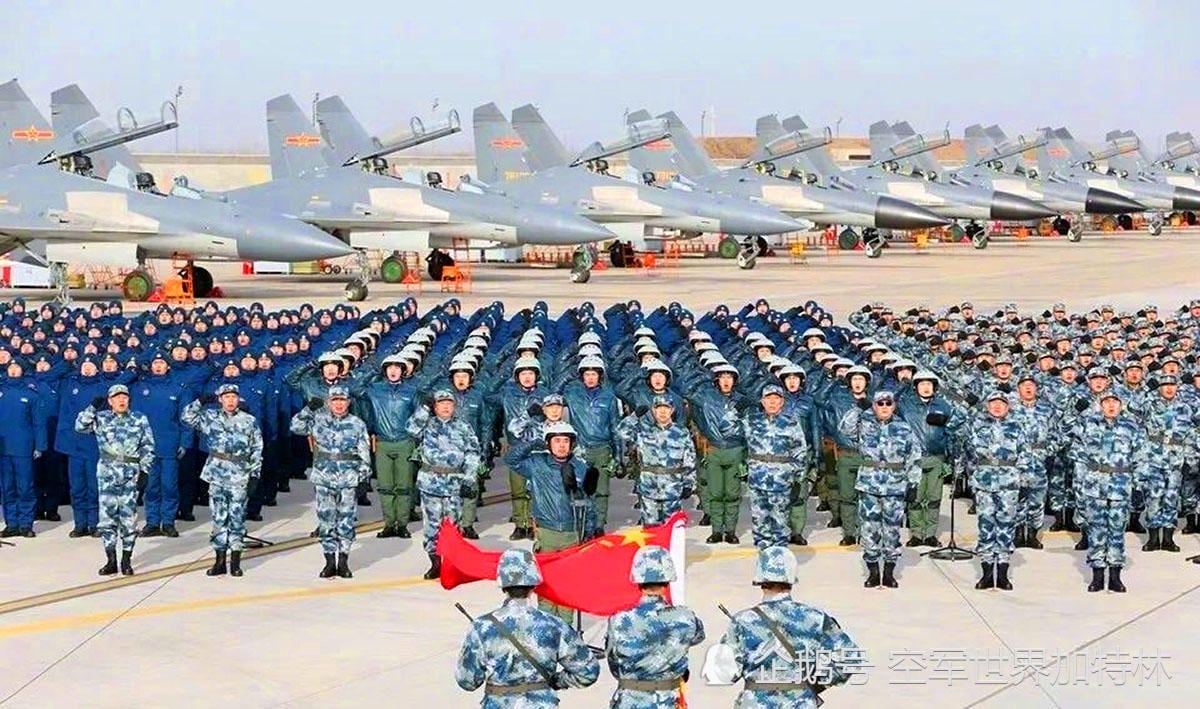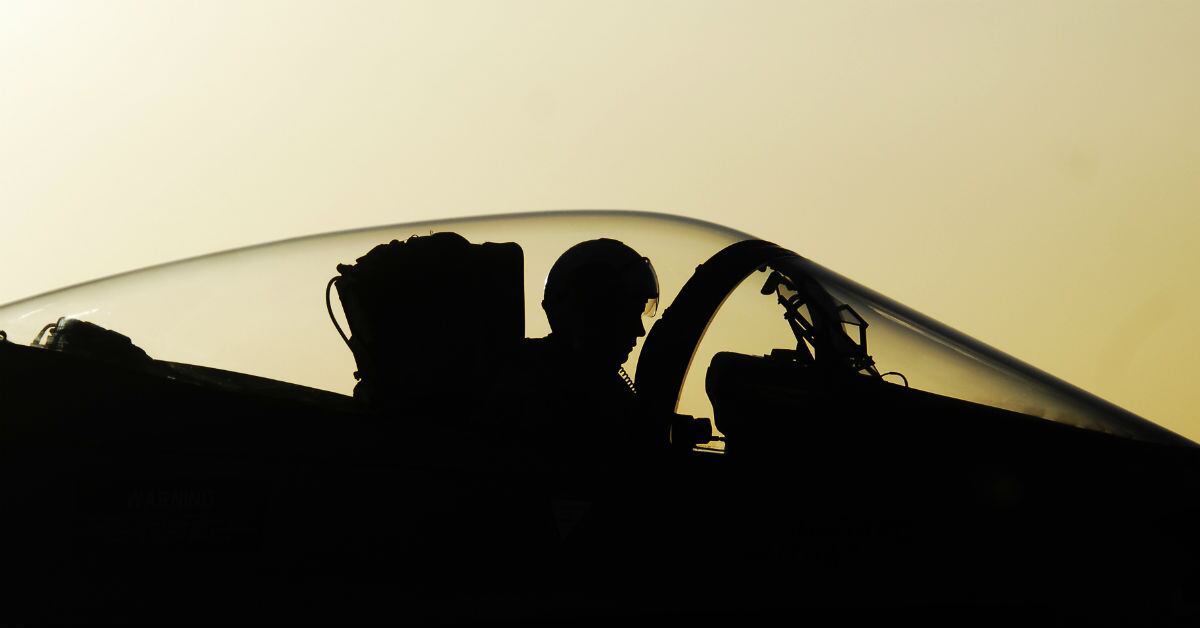The Navy is set to equip its Super Hornet and Growler fleet with bigger fuel tanks in the coming years, a development that will allow the jets to fly farther and provide additional capability in a changing world.
Boeing will receive $219.6 million for work on the F/A-18 E/F variants, as well as the EA-18G, according to a Pentagon announcement earlier this month.
The new conformal fuel tanks can hold 515 gallons of fuel in a low-drag configuration, an increase from the current tank’s 480-gallon capacity, according to officials with Naval Air Systems Command, or NAVAIR.
While existing fuel tanks are mounted under the wing, the new tanks will sit on top of the wing, on either side of the aircraft dorsal, according to NAVAIR.
In a conformal array, the fuel tanks hug the profile of the jet, increasing aerodynamics while freeing up space below the wings for weapons.
Super Hornets will start coming off the production line with the new tanks in FY2021, while upgrades of existing jets will commence in FY2023, according to NAVAIR.
Although new fuel tanks on a jet may seem like an innocuous development, the move reflects the military’s renewed focus on preparing for conventional warfare, and the fact that it may need to battle a rival military in the not-too-distant future.
RELATED

Equipping the Super Hornet and Growler with larger fuel tanks means the carriers they launch off can float farther out at sea, out of range of increasingly formidable weapons systems in the hands of potential rival forces.
The Navy’s ability to steam or fly where it pleases has gone largely unchallenged in recent decades.
But these days, the ascendant Chinese military has developed a so-called “carrier killer” missile, and the Russian forces have been rebuilt since the country’s post-Cold War nadir.
Long-range weapons, anti-ship missiles and other technologies are proliferating around the globe, challenging the international order that is predicated on U.S. military might.
Such developments led to a recently released National Defense Strategy that identifies “great power competitors” as the major challenge facing the Pentagon.
“For a very long time, the Navy has operated in a permissive environment,” said Eric Wertheim, a defense consultant and analyst specializing in naval and aviation issues. “For the most part, we have not had the kind of threats that we faced during the Cold War.”
Those threats starting to resurface five to 10 years ago in the form of new, deadly Chinese and Russian weapons systems, he said.
All that took place while U.S. forces were fighting asymmetric wars in two countries.
“We were so focused on the wars in Iraq and Afghanistan that we were not focused on the high-end threats,” Wertheim said. “There’s been a lot of catching up that needed to be done.”
Wertheim said longer range fuel tanks and airborne refueling tankers stationed on carriers reflect this approaching reality.
RELATED

The Navy is currently selecting the company that will develop its carrier-based MQ-25 aerial refueling tanker drone.
“The F/A-18’s Achilles heel has always been range,” Wertheim said. “When you have adequate tanking that’s not as big of an issue. But when you have a high-threat environment where tankers might not be able to get in or survive, you’ve got to make sure you have extended range capabilities.”
In a more permissive environment, the extended fuel tanks will allow those jets to loiter or patrol for longer periods, Wertheim said.
“This is part of the changing nature of getting back to a capability that was kind of given up on after the Cold War,” he said.
Geoff is the managing editor of Military Times, but he still loves writing stories. He covered Iraq and Afghanistan extensively and was a reporter at the Chicago Tribune. He welcomes any and all kinds of tips at geoffz@militarytimes.com.





